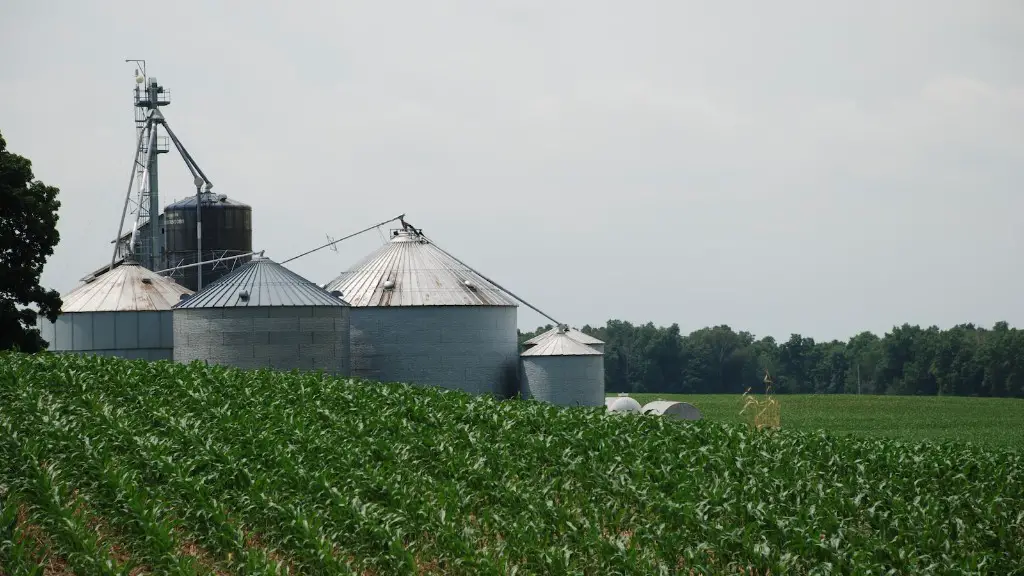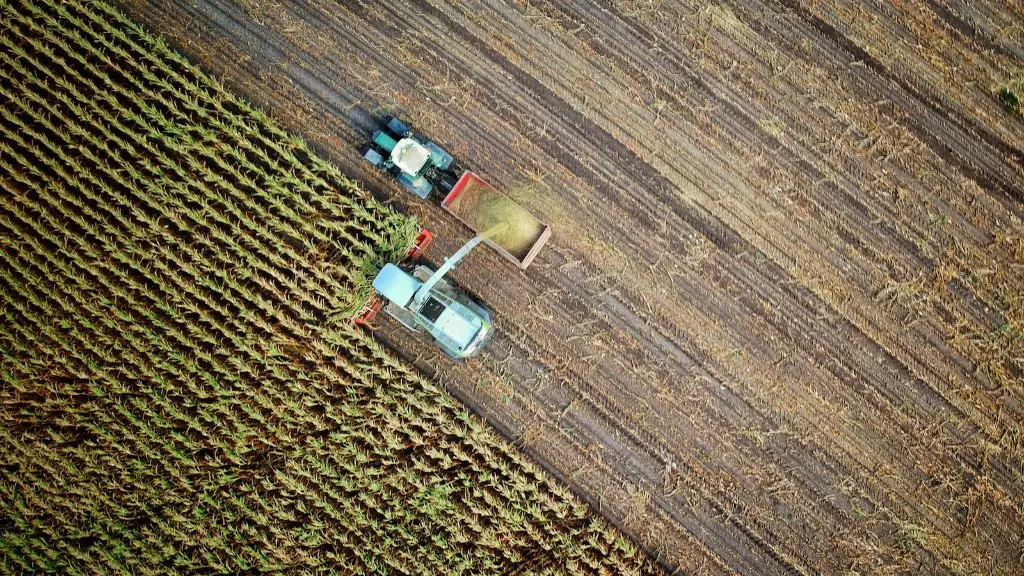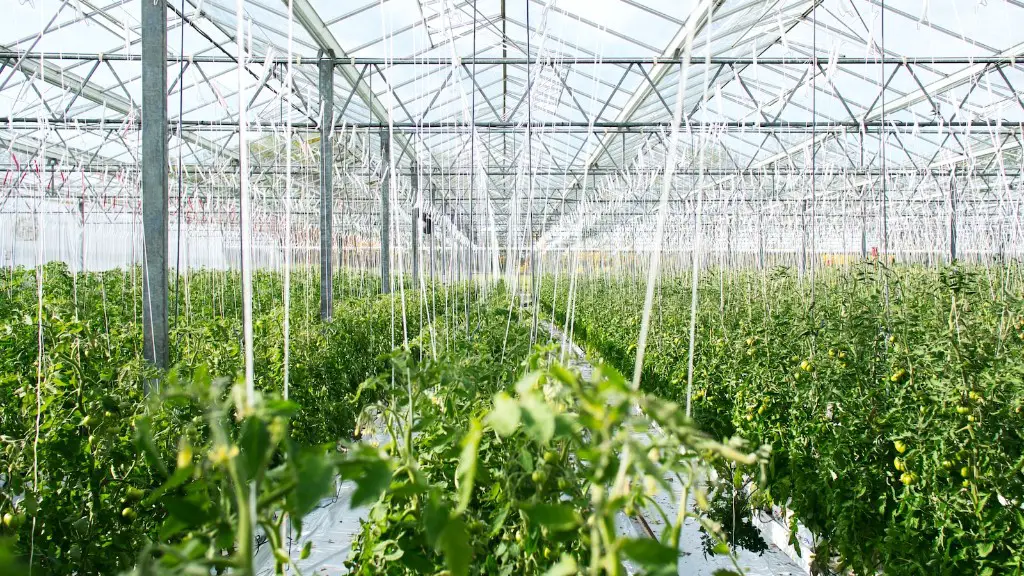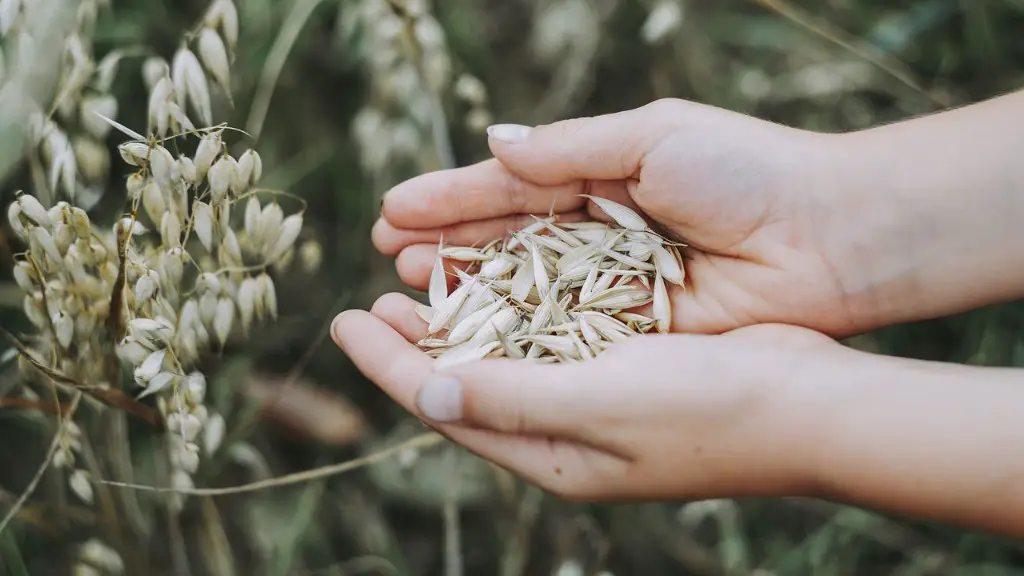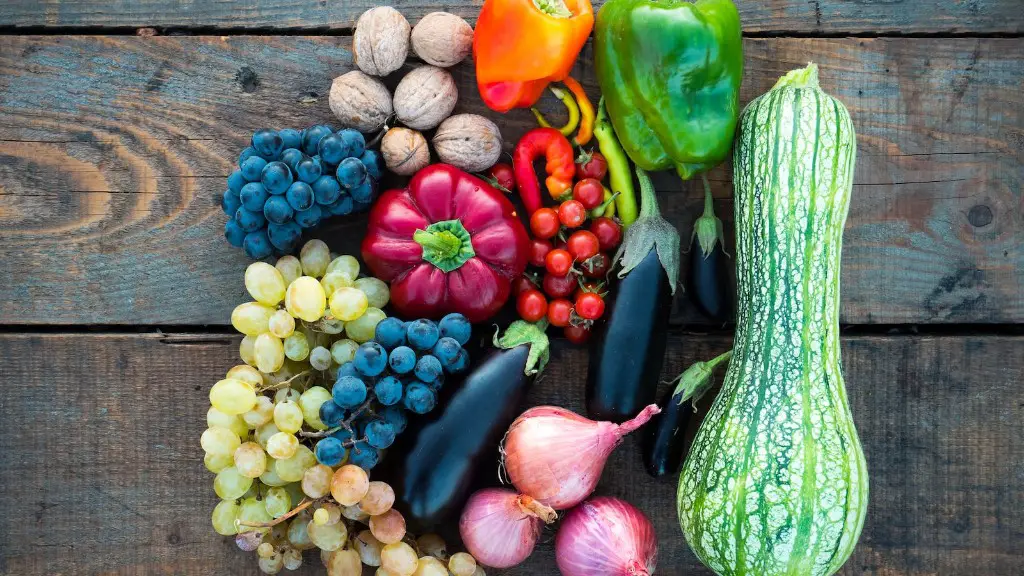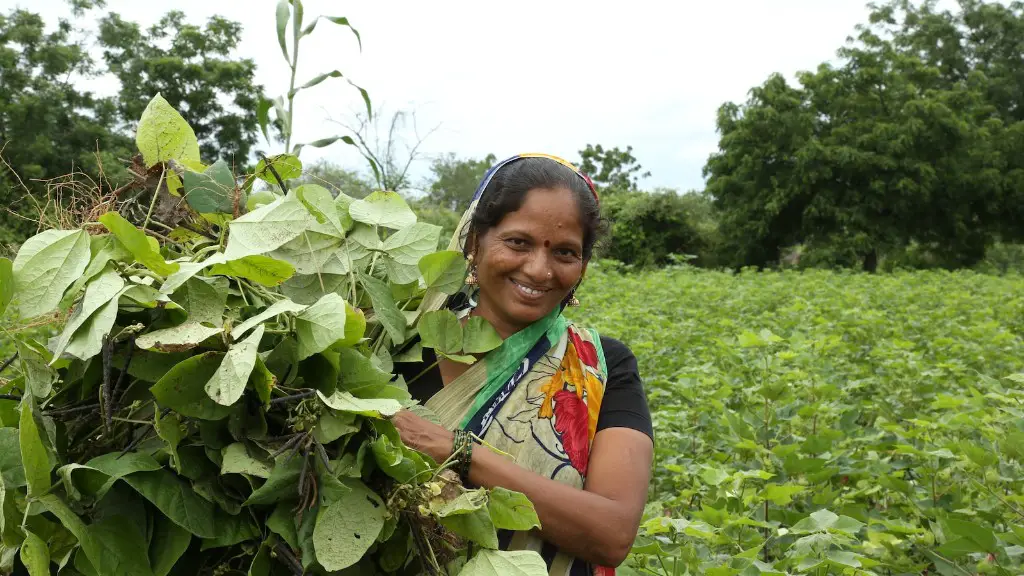Agriculture is heavily reliant on the microbiology of the soil, and the manipulation of the plant microbiome could be key to improving this process. Microbiomes are important for plant growth and performance, playing an essential role in nutrient cycling and promoting balanced interactions between plants, soil and microorganisms. Studies have demonstrated that plants interact closely with a diverse range of microorganisms, not only in the soil but also on the roots, leaves and shoots, influencing their development and health. By understanding the mechanisms underlying these interactions, it is possible to manipulate and improve the microbiome, thus enhancing agricultural productivity.
The manipulation of the plant microbiome involves selecting beneficial microbial species, controlling and blocking the dissemination of disease-causing microbiome components, and optimizing the environmental conditions necessary to foster microbial development. The use of biostimulants, composts, probiotics, and beneficial bacterial and fungal species are all tactics used to manipulate the microbiome. In addition, the use of modern molecular tools, such as metagenomics, is helping us better understand the role of the microbiome in sustainable crop production.
Producers are already beginning to take advantage of this technology and are already making great strides in crop production. For instance, adding beneficial microorganisms to irrigation systems and composts or incorporating biostimulants into soils can help improve crop resilience and reduce the need for chemical inputs. Additionally, through the use of genetically modified organisms, it is possible to activate or inhibit the expression of genes that can augment the benefits of a given microbiome.
Furthermore, manipulating the microbiome can be used to combat important issues such as climate change. As global temperatures increase, drought-resistant crops are a critical component of sustainable agriculture. Manipulating the microbiome can provide key insights as to how plants can better adapt to changing climates, and thus, improve crop stress tolerance.
In conclusion, understanding and manipulating the plant microbiome is a promising approach to improving agricultural production. By exploiting the interactions between plants and microbial communities, it is possible to unlock new possibilities that can help create more efficient and resilient agricultural systems. Additionally, manipulating the microbiome can be a powerful way to address global challenges such as climate change.
Beneficial Bacterial Species
Using beneficial bacterial species to manipulate the plant microbiome is among the most popular techniques. These species include rhizobacteria, saprophytes, plant growth-promoting rhizobacteria (PGPRs), nitrogen-fixing bacteria, endophytic bacteria, and bacterial antagonists. PGPRs, for instance, produce diverse metabolites, such as low-molecular-weight organic acids, siderophores and auxins, which can enhance the growth of crops by improving nutrient uptake. Similarly, beneficial bacterial species can facilitate the absorption of phosphorus from marginal soils and increase the availability of macronutrients, such as nitrogen and phosphorus.
Endophytic bacteria, on the other hand, are another important beneficial species. These bacteria live within the plant tissue, such as the epidermis, vascular tissue, xylem and phloem, without causing any harm to the host plant. Endophytic bacteria provide plants with several benefits, such as improved tolerance to stress, disease and heavy metals, increased availability of nutrients, and increased production of secondary metabolites.
In addition, bacterial antagonists, such as Bacillus subtilis, Pseudomonas fluorescens and Pseudomonas putida, are increasingly being recognized as a useful tool to promote plant health. These bacteria help ward off disease by producing antibiotics and antifungal agents, and by outcompeting the pathogenic bacteria in the soil.
Researchers have also identified a variety of other beneficial microorganisms that can be used to enhance crop yields. For instance, the integration of mycorrhizal fungi into the root system can improve access to certain soil minerals, stimulate root development, and increase drought and heavy metal tolerance.
Probiotics Applications in Agriculture
The use of probiotics has recently gained attention as a potential means of manipulating the plant microbiome. Probiotics are often defined as live microorganisms that, when administered in adequate amounts, can exert beneficial effects for the host. Probiotics are typically used for human health applications, but ongoing research suggests that the concept may be applicable to the field of agriculture.
Recent studies have shown that probiotics can improve plant performance, particularly in stressful growing environments. For instance, the application of beneficial bacteria can increase nutrient supply and water uptake, leading to enhanced growth and yields. Additionally, it has been shown that beneficial bacteria can alleviate the negative effects of abiotic and biotic stresses, such as high salinity, drought, and certain diseases.
In addition, there is evidence that probiotics can provide protection against other soil contaminants, such as heavy metals and pesticides. Moreover, probiotics have been shown to promote the development of useful rhizobacteria that are beneficial to plant growth. As such, probiotics have considerable potential as an innovative agricultural technology.
Synthetic Biology Applications
Synthetic biology is an emerging field that leverages modern biotechnology to create novel organisms, including plants, for various applications, such as agricultural and industrial uses. Recently, the research’s focus has shifted to how to use synthetic biology to design and build plants with improved properties, such as enhanced nutrient uptake, pest and disease resistance, and improved performance in adverse environmental conditions.
By combining synthetic biology with the manipulation of the plant microbiome, it is possible to design and create plants with many beneficial features. Experiments have shown that it is possible to engineer changes in the root microbiome to improve soil-fertility, as well as optimize the structure and function of both root and shoot microbiomes to enhance plant-growth.
Controlled gene expression is also a technique happily used by scientists to manipulate the plant microbiome. This approach involves using genetic-editing tools to either activate or suppress certain genetic pathways. For example, researchers have used this technique to enhance the expression of enzymes involved in nitrogen metabolism, thus improving the plant’s nitrogen cycle.
In addition, synthetic biology applications can be used to construct microbial communities with desired properties that would help to optimize plant performance. This is done by engineering organisms to produce beneficial metabolites, such as growth factors and bio-fertilizers. Not only do these platforms enable biologists to design new plant varieties, but they also offer a highly versatile vehicle for manipulating the microbial communities associated with plants.
Metagenomics
Metagenomics is the process of sequencing and analyzing microbial genomes for research purposes. It is a powerful technique that allows scientists to identify and better understand the structure and functions of a complex microbiome. The field of metagenomics has greatly expanded our knowledge of the microbiome, providing us with insights into microbiome composition, diversity, structure, and functions.
The results of metagenomics are used to identify which microbial species are present in different environments, the dynamics of their interactions, and the functional roles they play. Furthermore, metagenomics can be used to optimize agricultural workflows, such as the selection of beneficial species and the manipulation of pathways responsible for nutrient and water uptake. In addition, metagenomics can also be used to identify and understand unknown microbes and their potential roles in plant health, allowing scientists to better manage plant diseases.
Metagenomics is also a critical tool for monitoring the effects of anthropogenic activities, such as agricultural development and chemical inputs, on the microbial populations of a given environment. Long-term monitoring of microbial communities can be used to assess the effectiveness of different microbial management strategies, aiding in the development of sustainable production systems.
Waste Management and the Plant Microbiome
Waste management is an integral component of sustainable agriculture. Proper waste management is required to minimize environmental pollution and protect natural resources. In this regard, managing the plant microbiome can be a powerful tool to achieve these goals. For instance, composting has potential to reduce the amount of water and energy required to grow crops, as well as reduce agrochemical inputs and production costs.
Furthermore, the integration of wastewater into agricultural systems can also be a viable approach for managing plant microbiomes. Wastewater contains many beneficial microbial species, and its use has recently been studied as a method to increase water and nutrient use efficiency, reduce chemical inputs, and promote plant health.
Finally, integrating microbial waste from industrial processes can also improve agricultural outputs. Microbial bioproducts, such as enzymes and nutrients, derived from waste can play a key role in improving soil fertility, promoting plant growth, and providing disease resistance. Moreover, recycled organic waste products, such as paper and cardboard, have been proven to have beneficial effects on microbial communities associated with plants.
